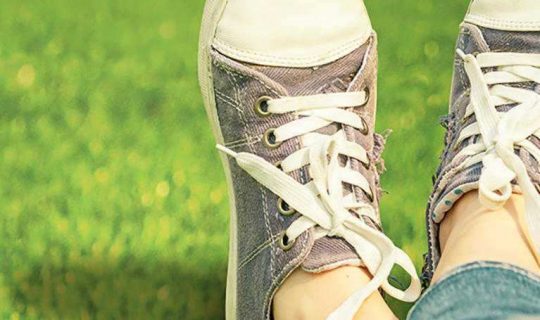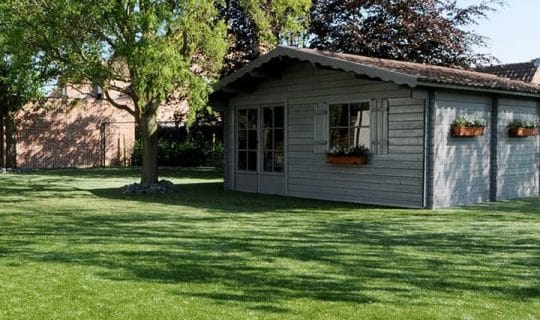
Futurescape 2017
A date for your diary: another year later and we are back at FutureScape on November 14th, Sandown Park Racecourse exhibiting our popular and innovative products. Namgrass artificial grass is a low maintenance product suitable for all weather conditions and it can really help your business to thrive, making the most of any outdoor (or indoor) space. Our Namgrass team will be readily available to answer all your questions on artificial grass and tell you about our products and how it can grow your business. We have a network of Namgrass Approved Installers nationwide and we’re always looking for professional, dedicated installers to add to our team. The exhibition is free of charge and you will find us on Stand 63 to answer any questions on artificial grass installation. We’ll also be giving away some exclusive prizes so do come and visit us!



